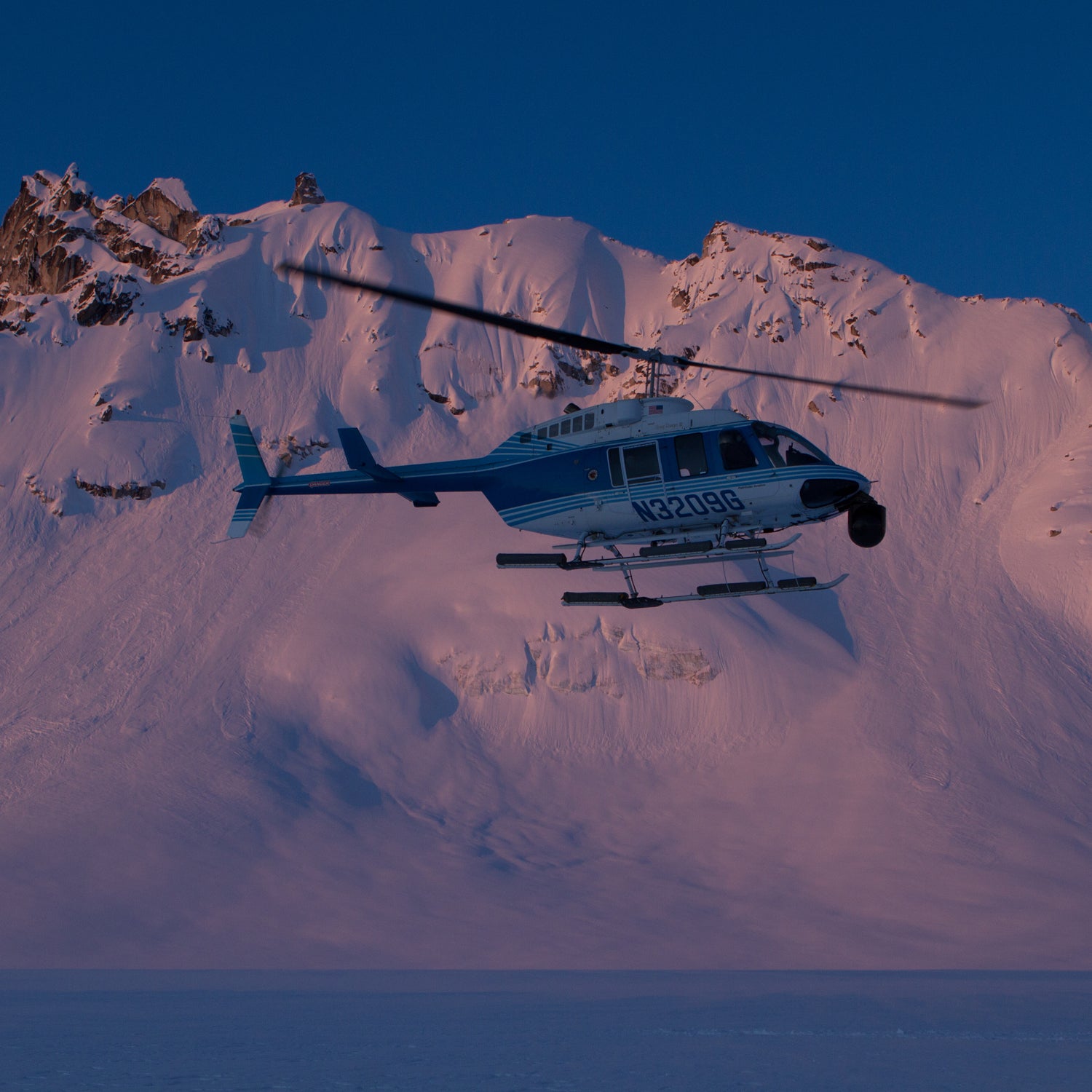Three years ago, action-sports film maker�� gambled��on a new company called ��(GSS) and its stabilized camera platform, which could��strap to a helicopter and hold ultra-high-definition��cameras like the��.
TGR—the��first customer of the northern California tech startup—had to take out a massive loan to cover the camera system’s $700,000 price tag. But they thought it was worth the investment.��“This is a camera system that will impact the entire film industry, from Hollywood down,”��TGR co-founder Todd Jones said at the time.��
Turns out, Jones was right. The system has now been used in productions like the upcoming Bourne movie, the Super Bowl 50, The Bachelorette, and Discovery Channel's��Deadliest Catch.��On Tuesday,��Jones will be in New York City for the annual Emmy Awards, for their camera work, including Outstanding Camera Work and Outstanding Serialized Sports Documentary. It's the��first Emmy nomination��in the company’s history.
Both nominations are for TGR’s latest TV series, Higher TV, which is appearing now on ���ϳԹ��� Television (full disclosure:�����ܳٲ��������magazine is affiliated with ���ϳԹ��� Television)��and documents big-mountain snowboarder Jeremy Jones’ quest to ride��some of the world’s most rugged��snow-capped locations. The 10-episode��series, which debuted last fall, is a spin-off of Jeremy Jones’ movie trilogy, Deeper,��Further,��and Higher.��
“I stumbled across GSS in 2013 and I fell in love with their approach,” says Todd Jones. “I knew it was a risk, but I saw it and I said, ‘I want the first one.’ This is one of the most powerful camera systems in the world and it was really fun and exciting to be the ones taking this thing from the lab to the field.”
By field, Jones means jagged, remote peaks from Alaska to the Himalayas. In Nepal, where they shot for Higher,��they captured footage from high-altitude helicopters flying up to 25,000 feet with the GSS mounted to the chopper. “The weather would move in so fast and we’d get bumped around by turbulence, but this system is laser sharp,” Jones says.
That’s all part of the camera platform’s high-tech design. “It’s a five-axis camera system that’s gyro stabilized, so it takes out all vibrations from a helicopter, airplane, boat—anything that moves or vibrates—and provides that perfectly steady image,” says Jason Fountaine, co-founder and managing director of GSS. “It’s like a tripod you can take anywhere. Plus, it’s environmentally sealed, so you can shoot in any conditions, like rain or salt water, and it’s fully controlled from a laptop-controlled unit by the operator.”
Fountaine says they can’t take credit for TGR’s Emmy nominations, but they did provide the equipment that helped them get there. “We provide the technology, but they’re the filmmakers,” he says. “Not that our system wins the award, but it gives them the platform they need to reach their creative capacity.”
https://player.vimeo.com/video/121045965
��


